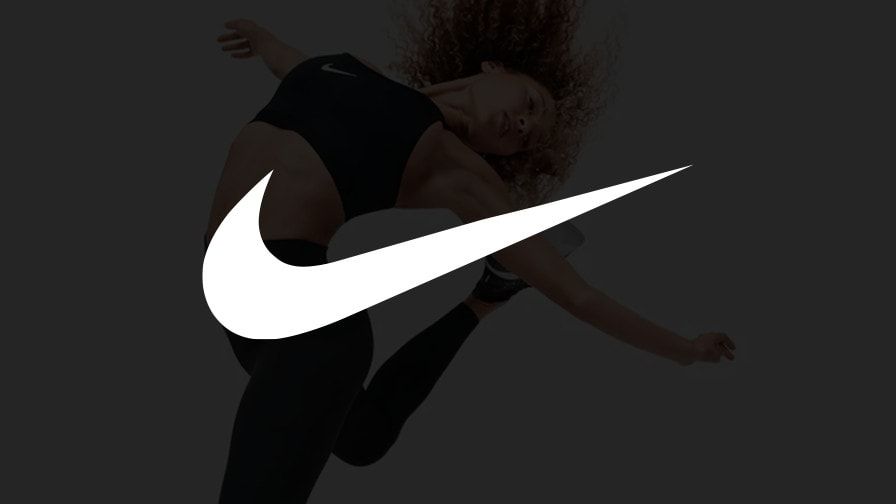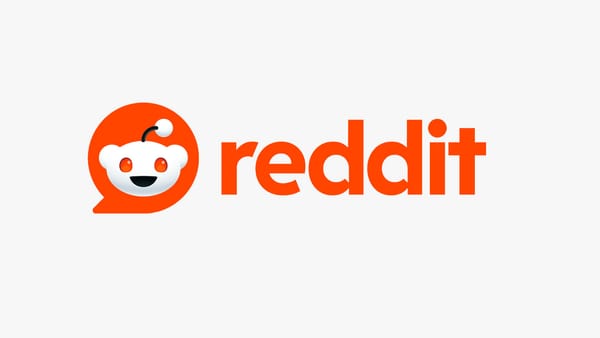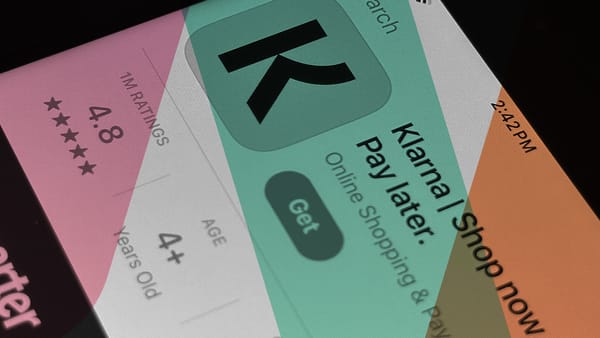Customer loyalties are changing. 72% of consumers admit they’ve changed their shopping behaviours or brand preferences since the pandemic hit, while 86% say they’re now willing to pay more for a better customer experience. This means that there’s a growing opportunity – for brands that are ready to go the extra mile to keep consumers happy – to capitalise and grab market share.
Thanks to having access to huge amounts of third-party cookie data, brands have historically been able to target consumers based on their search and social behaviour, enabling advanced segmentation – and, of course, persistent retargeting.
But that’s all about to change next year, when third-party cookies will be put out to pasture. So, what next for brands? How can they leap over this cookie-shaped hurdle and find new, sustainable ways to engage their customers?
Stepping away from the cookie jar
Google’s announcement that it would be phasing out third-party cookies by 2023 was – and still is – seismic. With retailers less able to track consumer habits across the internet, they’ll likely turn increasingly to first-party consumer data to fill this void, with a greater focus on leveraging owned channels, rather than walled gardens.
First-party data can be incredibly powerful for marketers, but it’s something that’s probably been a touch overlooked during the cookie era. But, with third party cookies becoming less attractive – and consumers now simultaneously more wary of privacy concerns and also more keen to receive personalised content – first-party data is proving its worth.
Brands have realised they’ll need to reassess and revamp their approach to marketing, and sportswear giant, Nike, is unsurprisingly, ahead of the curve. Wasting no time in seizing the first-party initiative, Nike is trialling a new algorithm – dubbed a ‘dedication score’ – that rewards its loyal customers.
The tool uses first-party data collated from customers to understand what they like and what’s going to keep them happy. Nike can then use this learning to provide offers, deals and content they know will be well received, and more likely to drive conversions.
The algorithm measures product affinity, and has been used in tandem with the brand’s SNKRS app to offer exclusive access to limited release products. The tool recognises user engagement across various channels – including live streams and social post interactions – and ultimately creates a loyalty score. Customers then receive exclusive rewards and offers relative to their score.
This initiative is a great example of a brand listening to calls for greater levels of personalisation from customers, and actively seeking ways to utilise data to improve the overall brand experience and strengthen customer relationships.
Nike is far from alone in using first-party data to give back to customers. Take North Face’s XPLR Pass, for example, which provides members with exclusive discounts and access to unique events. Or beauty colossus Sephora, which uses its ‘Beauty Insider’ loyalty programme to let consumers redeem points for real-world charity donations. The key for brands is understanding what will delight customers and using the right touch points and channels to communicate.
Using first-party data intelligently
Of course, not all brands will have pockets quite as deep as Nike or North Face, nor the technological resource to build dedicated loyalty apps. But there are numerous ways to leverage first-party data to increase digital revenues and improve the customer experience.
For example, eco-friendly bedwear and linen brand Piglet in Bed uses Wunderkind to capture consumer information at various on-site touchpoints, at different stages of intent, and via an array of prompts – and then send personalised, triggered email and text message communications based on the customer’s browsing behaviour, for example when they abandon a cart, or when a previously viewed item comes back in stock.
Piglet in Bed CMO Jake Newbould comments: “Owned audiences are critical for future growth. Being able to directly engage with consumers is powerful, and will only become more so as third-party cookies will inevitably be phased out.”
“Now that we can inform consumers when items are out of stock, close to running
out, or back in the warehouse, we can capture a lot more demand. We’ve opened the floodgates to more consumers, we’re bringing in more revenue, and we’re doing it while building an audience for the future.”
The moral of the story here is that, as long as you’re speaking on a one-to-one basis to your customers, and sending genuinely valuable content, you’ll see results. Create an emotional connection with your consumers, treat them as individuals, and go above and beyond to deliver on promises.
Nike’s approach to using first-party data is impressive, and worth noting as a benchmark. Regardless of their scale, all brands have the ability to capture consumer data and use it effectively – and as we move away from cookies, more and more retailers undoubtedly will.








